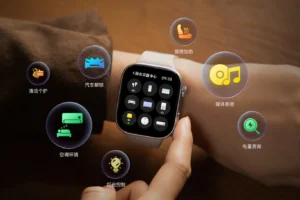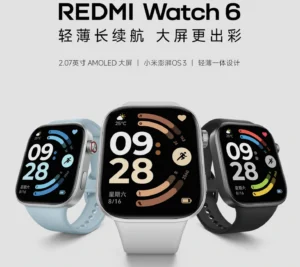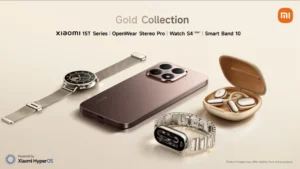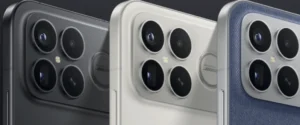Redmi vs. Amazfit Smartwatches 2025: Buyer’s Guide
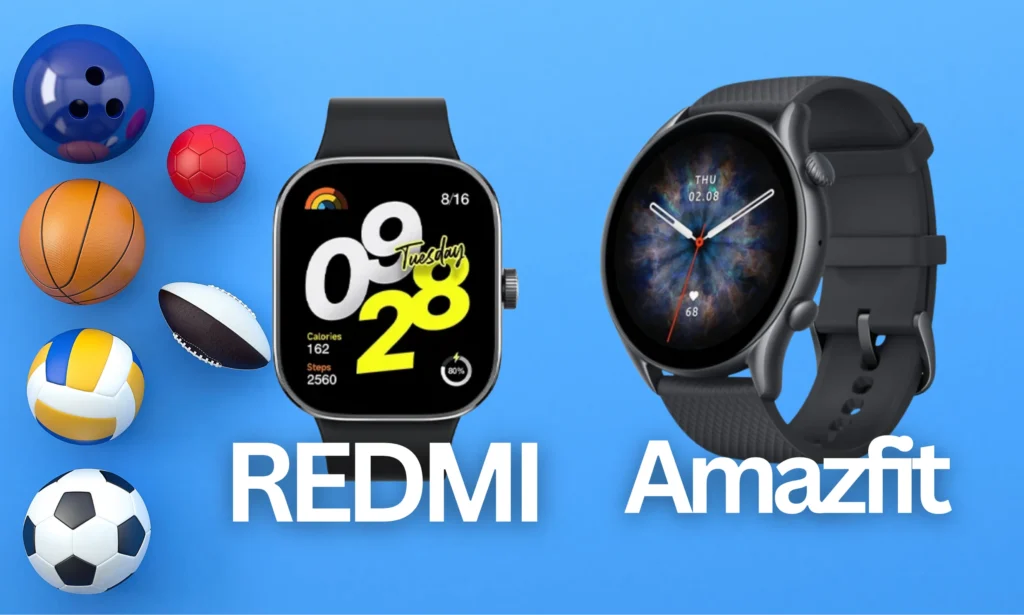
Redmi Watch vs. Amazfit in 2025: The Definitive Guide to Choosing Your Ideal Smartwatch
In today’s fast-paced world of wearable tech, smartwatches have become indispensable companions for millions. Whether you’re tracking your health, managing notifications, or boosting your athletic performance, a good smartwatch can truly make a difference. As we head into 2025, two brands are really making waves in the affordable-yet-feature-packed segment: Redmi Watch and Amazfit. Both are bringing cutting-edge tech at competitive prices, but which one is the right fit for you? In this in-depth article, we’ll dive into the relationship between these brands, compare four standout models, break down who each is designed for, and help you make an informed decision with a handy comparison table and practical advice. Get ready to discover the smartwatch that will transform your everyday!
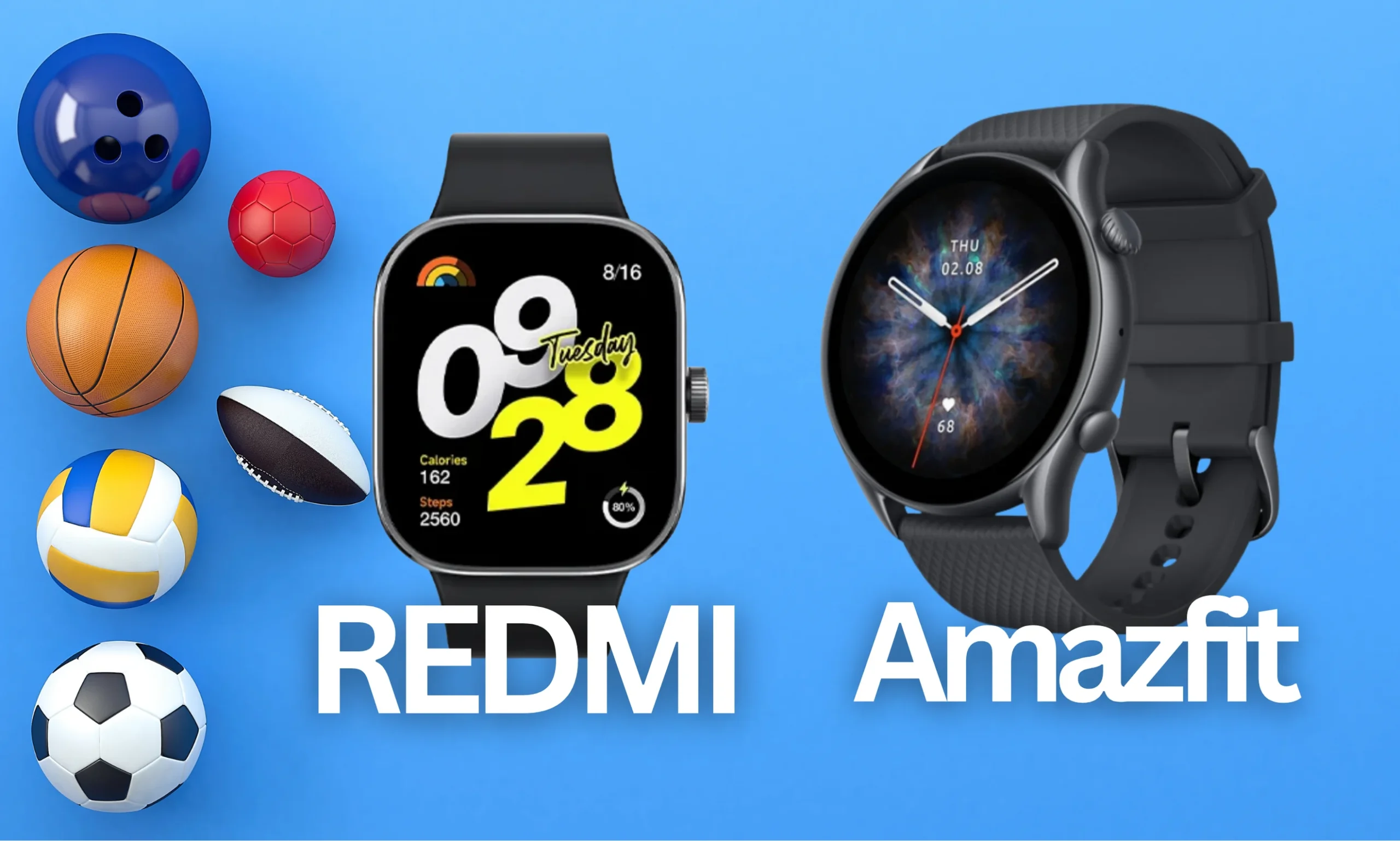
The Relationship Between Redmi and Amazfit: A Technological Link with Distinct Identities
Before we get down to the nitty-gritty of comparing them, it’s super important to get a handle on how Redmi and Amazfit are connected. Both are part of the massive Chinese tech giant Xiaomi‘s ecosystem, though they carve out slightly different niches. Redmi is a direct sub-brand of Xiaomi, built with the mission to offer affordable tech that balances performance, practical design, and accessible pricing. Their whole vibe is about democratizing technology, making cool stuff like AMOLED displays and Bluetooth calling a reality for everyone.
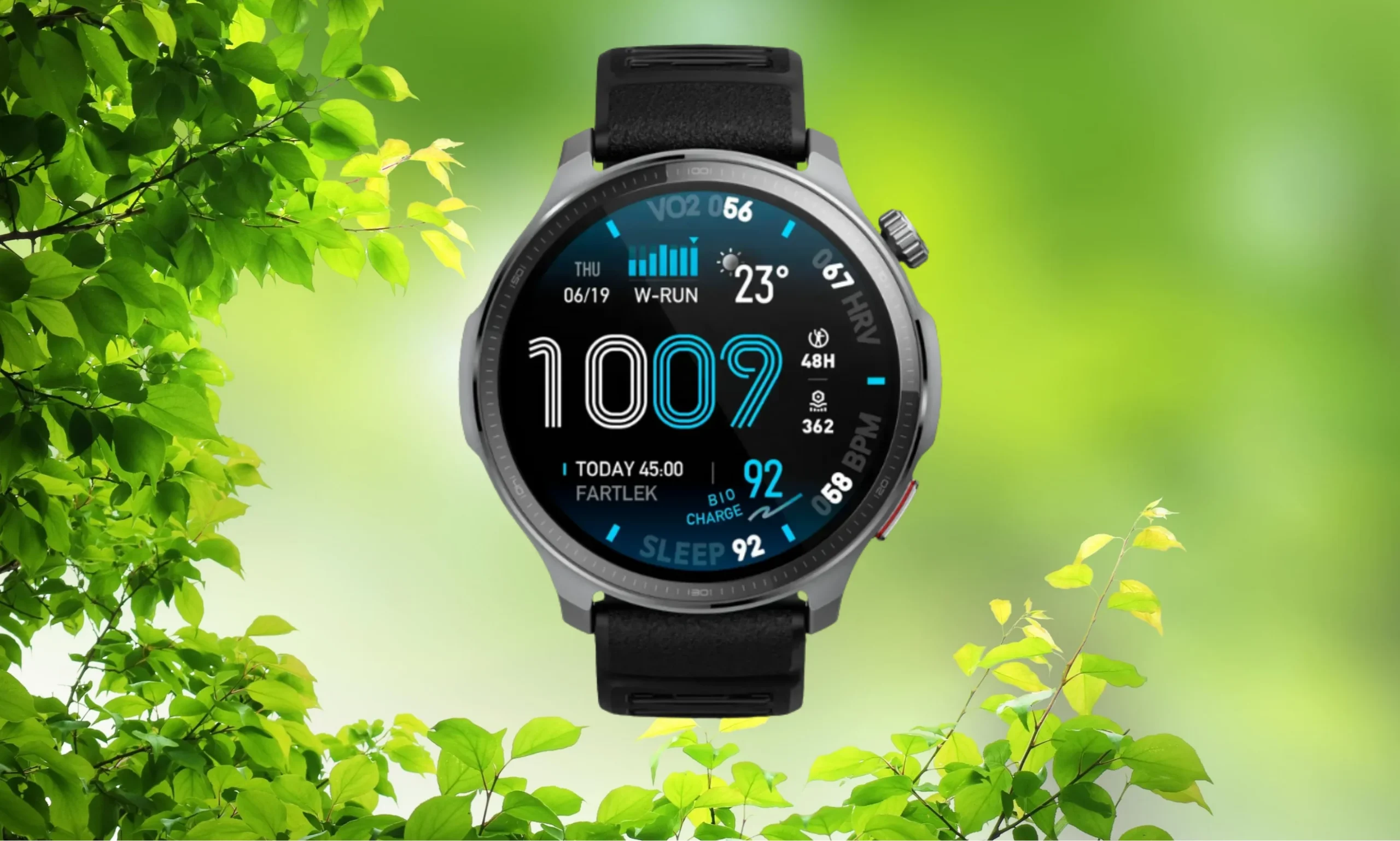
Then there’s Amazfit. This brand falls under Zepp Health, a company that operates independently but maintains strong ties with Xiaomi through strategic investments and tech collaborations. Zepp Health leverages Xiaomi’s infrastructure and expertise to develop smartwatches with a more specialized focus on fitness and health. They integrate advanced metrics and often sport a design that feels a bit more premium. While both brands share a similar technological DNA, their philosophies and target audiences differ:
- Redmi Watch: This line prioritizes everyday functionality. Think big, bright displays, practical connectivity (like Bluetooth calling), and super competitive prices. It’s perfect for users who want a versatile daily driver without any fuss.
- Amazfit: Amazfit leans heavily into fitness and health. They offer advanced features like VO2 Max monitoring, fitness readiness analysis, and a personalized experience via the Zepp app. Their watches often appeal to those seeking a more stylish design and specific sports-focused features.
This relationship allows both brands to benefit from Xiaomi’s innovation, but their distinct approaches make them more complementary than direct rivals. Redmi aims for a broad audience with general needs, while Amazfit caters to active users and fitness enthusiasts looking for precise metrics and a more comprehensive experience.
Who is Each Brand and Model For?
Redmi Watch: Accessible Technology for Everyday Life
Redmi smartwatches, like the Redmi Watch 4 and the Redmi Watch 5 Active, are crafted for users who are searching for that sweet spot between price, functionality, and style. They’re ideal for:
- Casual Users: These are folks who want a watch to handle notifications, manage calls, keep tabs on steps and sleep, and stay connected without needing super advanced features. The intuitive interface and seamless smartphone integration make them a breeze for anyone to use.
- Big Screen Lovers: Redmi really goes for it with high-quality AMOLED or LCD displays, ranging from 1.97″ to 2.0″. These are perfect for anyone who values visibility in any lighting condition, especially when you’re out and about.
- Budget-Conscious Buyers: With prices typically hovering between $50 and $90, Redmi watches are a go-to for those who want to maximize value without breaking the bank. They’re a fantastic option for students, young professionals, or anyone who fancies a smartwatch without the hefty price tag.
- Connected Individuals: Models like the Redmi Watch 5 Active offer handy features such as music storage and Bluetooth calling support. This makes them perfect for those who want to stay connected without being glued to their phones.
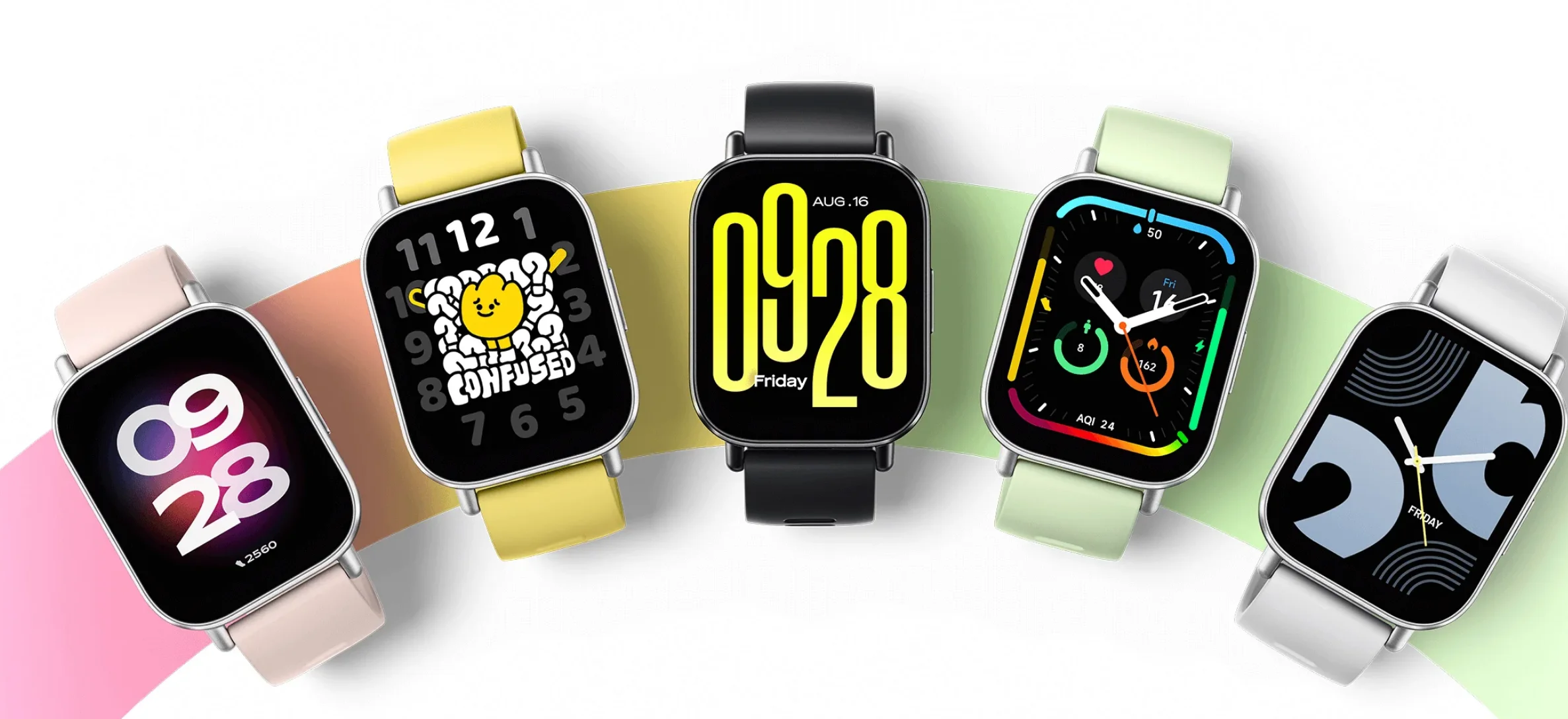
Amazfit: The Perfect Partner for Fitness and Style
Amazfit, with models like the Amazfit Active 2 and the Amazfit Bip 6, is geared towards users who put a premium on fitness, health, and a more sophisticated design. They’re perfect for:
- Fitness Enthusiasts: Amazfit watches boast advanced metrics like real-time heart rate, SpO2, VO2 Max, stress analysis, and detailed sleep tracking. They’re a dream for those looking to fine-tune their physical performance.
- Casual and Advanced Athletes: With support for over 140 sports modes, precise GPS, and 5 ATM water resistance, these watches are spot-on for runners, swimmers, cyclists, and other athletes who need reliable data during their workouts.
- Battery Life Aficionados: Amazfit is renowned for its incredible battery life, with some models rocking up to 21 days on a single charge! This is fantastic for frequent travelers or those who prefer not to charge their devices constantly.
- Design and Personalization Buffs: Amazfit models, like the Active 2, blend sleek designs (often round) with interchangeable straps and customizable watch faces, appealing to those who like a touch of personal style.
In-Depth Comparison: Redmi Watch vs. Amazfit in 2025
To help you make a truly informed choice, we’ve handpicked four standout models for 2025 and put them head-to-head in a detailed comparison table. The info here is based on recent spec data, reviews, and market trends:
| Feature | Redmi Watch 4 | Redmi Watch 5 Active | Amazfit Active 2 | Amazfit Bip 6 |
|---|---|---|---|---|
| Display | 1.97″ AMOLED, 600 nits, 390×450 | 2.0″ LCD, 1500 nits, 320×360 | 1.32″ AMOLED, 466×466, curved glass | 1.97″ AMOLED, 600 nits, 390×450 |
| Battery Life | Up to 20 days (typical use) | Up to 18 days (typical use) | Up to 10 days (typical use) | Up to 14 days (typical use) |
| Sports Modes | 150 | 140 | 160 | 140 |
| Water Resistance | 5 ATM (swimming) | 5 ATM (swimming) | 5 ATM (swimming) | 5 ATM (swimming) |
| Sensors | Heart Rate, SpO2, Accelerometer | Heart Rate, SpO2, GPS | Heart Rate, SpO2, VO2 Max, GPS | Heart Rate, SpO2, GPS |
| Key Features | Bluetooth Calling, GPS, Notifications | Bluetooth Calling, Music, GPS | Offline Maps, Zepp Flow, VO2 Max | GPS, Alexa, Sleep Analysis |
| Connectivity | Bluetooth 5.2 | Bluetooth 5.3 | Bluetooth 5.2, Wi-Fi (offline maps) | Bluetooth 5.2 |
| App | Mi Fitness | Mi Fitness | Zepp | Zepp |
| Materials | Aluminum Alloy, TPU strap | Plastic, Silicone strap | Aluminum Alloy, TPU strap | Plastic, Silicone strap |
| Weight | ~31g | ~35g | ~25g | ~28g |
| Approximate Price | ~$60 | ~$60 | ~$99-$129 | ~$80 |
| Target Audience | Casual users, connectivity focus | Casual users, visibility focus | Fitness enthusiasts, tech-savvy | Casual fitness, budget-friendly |
Sources: Information compiled from reviews on specialized tech sites, X posts, and official Xiaomi and Zepp Health websites.
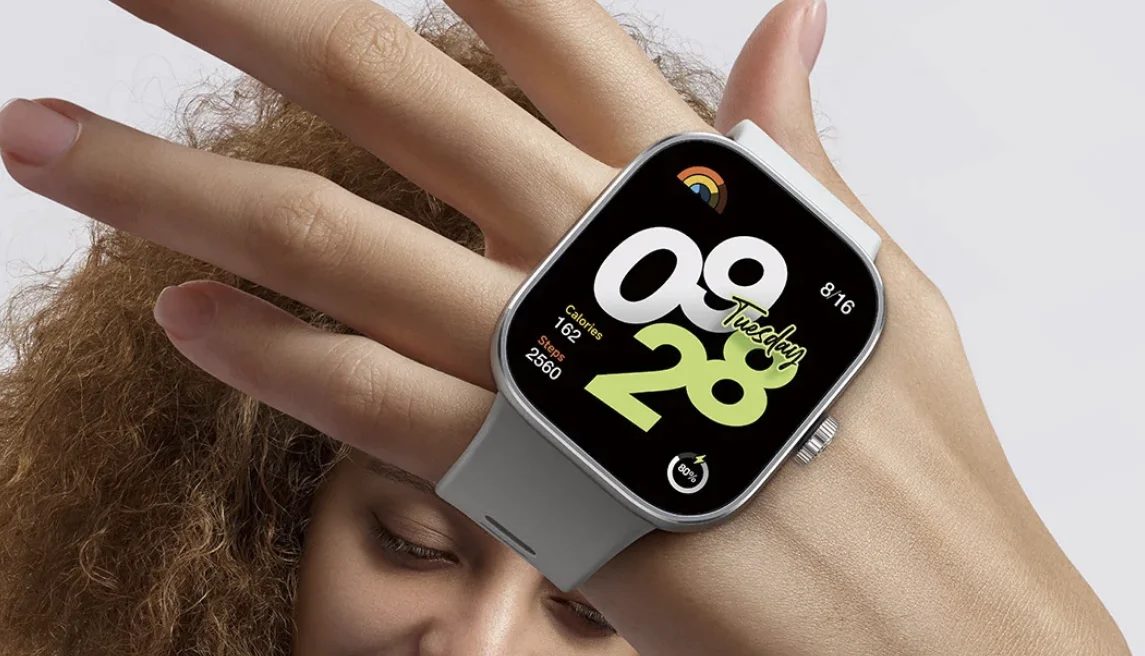
Table Analysis Breakdown
Redmi Watch 4:
- Strengths: Its 1.97″ AMOLED display offers vibrant colors and a sleek design at an unbeatable price point. The battery life, stretching up to 20 days, is fantastic for users who prefer minimal charging. With Bluetooth calling and built-in GPS, it’s super versatile for daily use.
- Weaknesses: While the fitness metrics are accurate for casual use, they don’t delve as deep as Amazfit’s for advanced sports tracking. The Mi Fitness app can sometimes have syncing issues with platforms like Google Fit.
- Ideal For: Users seeking an affordable smartwatch with a great screen and practical, everyday features.
Redmi Watch 5 Active:
- Strengths: The 2.0″ LCD display, boasting 1500 nits, is exceptionally bright – a real game-changer for outdoor use. It also includes music storage and Bluetooth calling support, making it perfect for those who want to stay connected without constantly relying on their phone.
- Weaknesses: The LCD screen, while bright, doesn’t deliver the same punchy colors as an AMOLED display. The fitness tracking capabilities are similar to the Redmi Watch 4, with limitations for serious athletes.
- Ideal For: Users prioritizing visibility and multimedia features without spending a fortune.
Amazfit Active 2:
- Strengths: Its stylish round design featuring a 1.32″ AMOLED display is both elegant and functional. It supports offline maps and the Zepp Flow assistant, enabling advanced voice commands and customization. The VO2 Max metrics and fitness readiness analysis make it a top pick for athletes.
- Weaknesses: The 10-day battery life is shorter compared to some other models, and its higher price point might not appeal to casual users.
- Ideal For: Fitness enthusiasts and users who want a blend of style and advanced features.
Amazfit Bip 6:
- Strengths: This model cleverly combines an affordable price with premium features like GPS, Alexa support, and a crisp 1.97″ AMOLED display. Its 14-day battery life and lightweight design make it comfortable for extended wear.
- Weaknesses: It lacks advanced features like offline maps and doesn’t offer the same depth of sports metrics as the Active 2.
- Ideal For: Users looking for a versatile casual fitness smartwatch at a competitive price.
Which One Should You Choose in 2025? Our Detailed Recommendation
The decision between a Redmi Watch and an Amazfit ultimately hinges on your personal priorities, lifestyle, and budget. Here’s a breakdown of our recommendations based on different user profiles:
Choose Redmi Watch If…
- You’re seeking the best bang for your buck: Both the Redmi Watch 4 and Redmi Watch 5 Active pack a solid punch of features for under $70. They’re perfect if you want a smartwatch that nails the essentials (notifications, steps, sleep tracking) with nice-to-haves like Bluetooth calls.
- You prefer large, bright displays: The Redmi Watch 5 Active, with its 1500-nit LCD, is a clear winner for outdoor visibility, while the Redmi Watch 4 offers a more vibrant AMOLED experience.
- You don’t need advanced fitness metrics: If your focus is purely on daily use – calls, notifications, music playback – a Redmi watch will more than suffice without unnecessary complexity.
- Specific Recommendation: The Redmi Watch 5 Active is a superb choice for those who spend a lot of time outdoors and value multimedia connectivity. For $60, it’s seriously hard to beat.
Choose Amazfit If…
- You’re a fitness fanatic: Models like the Amazfit Active 2 offer advanced metrics (VO2 Max, recovery analysis) and support for over 160 sports modes, making them ideal companions for runners, swimmers, and cyclists.
- You value battery endurance: While the Active 2 offers 10 days, the Amazfit Bip 6 pushes that to 14 days, perfect for those who despise frequent charging.
- You appreciate a premium design: The Active 2, with its sleek, round design and high-quality materials, is perfect for users who want a watch that blends style with functionality.
- Specific Recommendation: The Amazfit Active 2 is the top pick for serious athletes who want advanced features like offline maps and precise metrics. If you’re looking for something more budget-friendly, the Amazfit Bip 6 offers a fantastic balance for around $80.
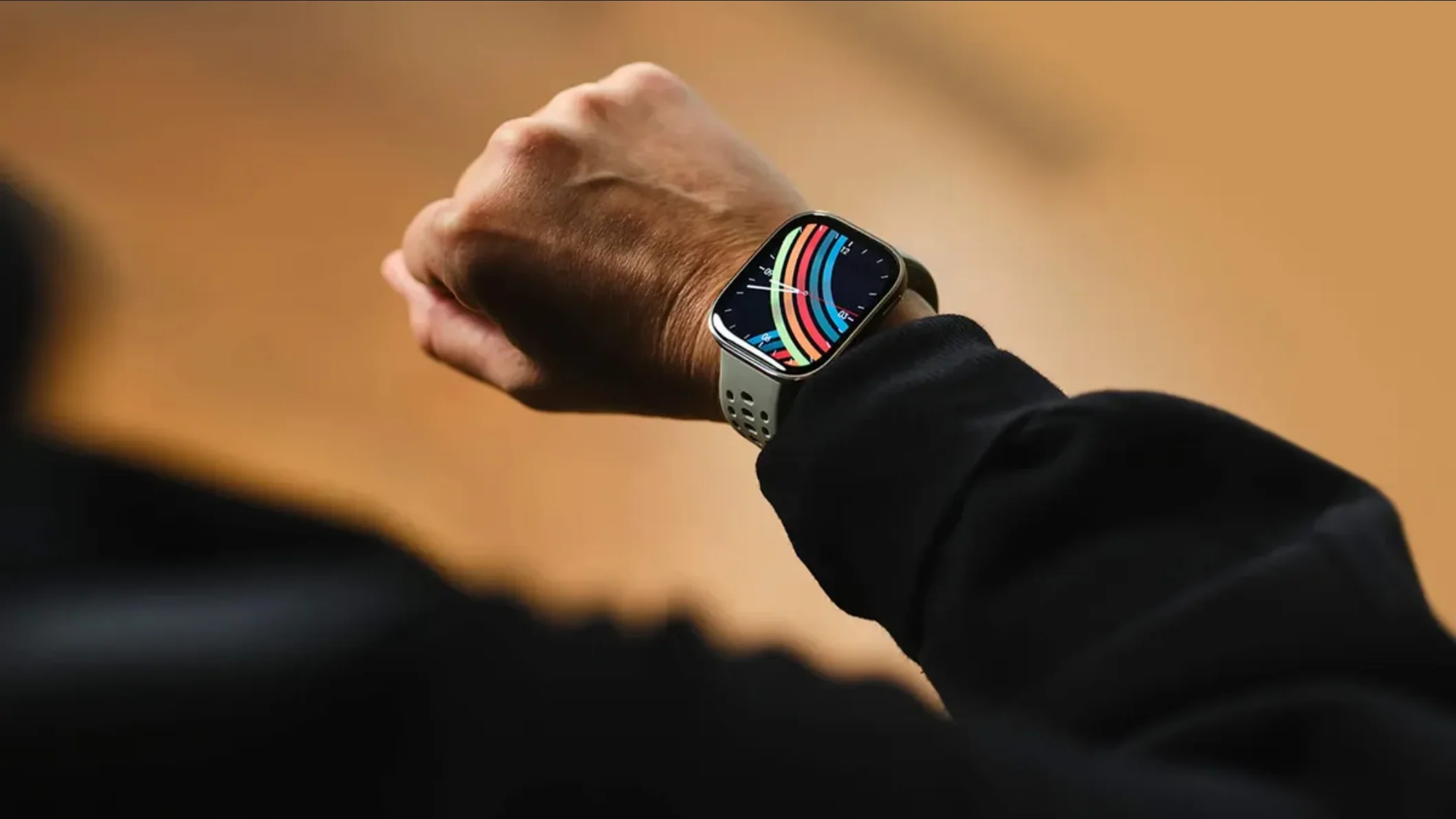
Pros and Cons at a Glance
Redmi Watch:
* Pros: Low price point, large and bright displays, good smartphone integration, practical features like Bluetooth calling.
* Cons: Less precise fitness metrics for advanced sports, Mi Fitness app can have occasional syncing issues, designs are more functional than overtly stylish.
Amazfit:
* Pros: Excellent battery life, advanced fitness tracking, robust Zepp app, more premium designs.
* Cons: Slightly higher price points, some models lack features like NFC outside of China, shorter battery life on premium models like the Active 2.
What Are the Reviews Saying in 2025?
Recent reviews across platforms like Reddit, X, and specialized tech sites highlight the significant evolution of both brands. Users are particularly praising the Redmi Watch 4 for its killer value-for-money and its impressive AMOLED display. However, some users have noted criticisms regarding the Mi Fitness app, citing sync issues with Google Fit and a less polished user interface. The Redmi Watch 5 Active is drawing accolades for its ultra-bright display and multimedia features, though some users feel the plastic build quality isn’t as premium as other options.
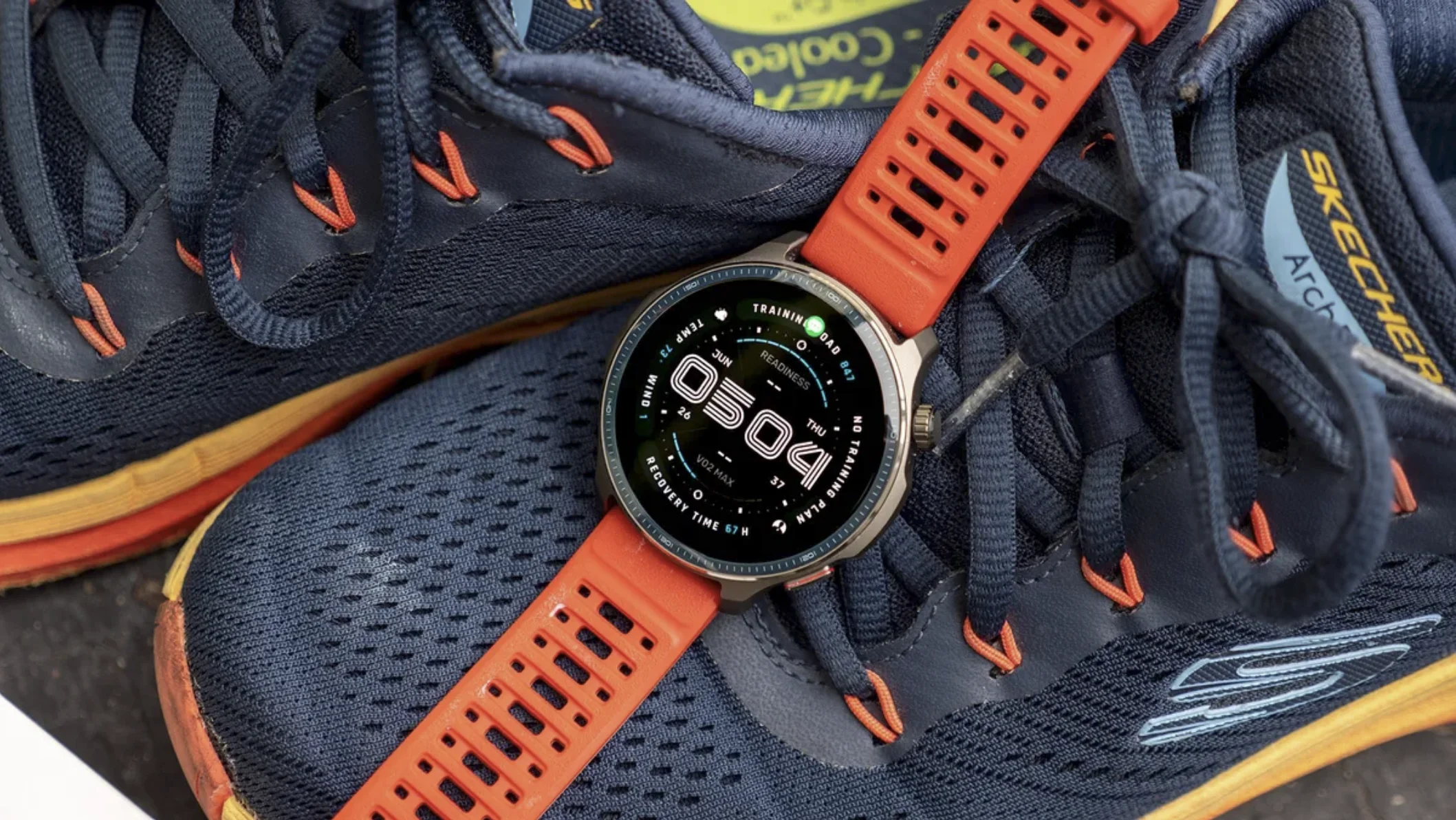
On the flip side, the Amazfit Active 2 is being lauded for its elegant design, precise metrics, and the convenience of offline maps. Some users have pointed out that the Zepp Flow assistant isn’t quite as fluid as, say, Alexa. The Amazfit Bip 6 is earning praise for its affordable price and advanced features like GPS and Alexa, though it naturally lacks the analytical depth of the Active 2. Overall, Amazfit generally edges out Redmi in GPS accuracy and detailed fitness metrics, while Redmi continues to lead in sheer accessibility and everyday connectivity.
Conclusion: Find Your Perfect Smartwatch and Join the Conversation
As we wrap up 2025, both Redmi Watch and Amazfit are delivering exceptional choices for a wide spectrum of users. If you’re on the hunt for an affordable, feature-rich smartwatch with a stunning display, Redmi is likely your best bet. The Redmi Watch 5 Active shines with its brightness and connectivity, while the Redmi Watch 4 offers that coveted AMOLED experience at an accessible price. If, however, you’re a dedicated fitness enthusiast or simply prefer a more sophisticated design coupled with advanced metrics, Amazfit is the way to go. The Amazfit Active 2 is perfect for serious athletes, while the Amazfit Bip 6 strikes an excellent balance for casual users who appreciate a touch of sophistication.
Already got a favorite? Are you rocking a Redmi Watch or an Amazfit and want to share your thoughts? Drop a comment below and let us know what you think! If you’re keen to stay on top of all the latest wearable tech, make sure to follow us for more guides, comparisons, and tips. Your wrist deserves a companion that truly fits your lifestyle! 🚀
Sources: Information compiled from reviews on X, specialized tech sites, and official Xiaomi and Zepp Health data.
